Home>Gardening & Outdoor>Landscaping Ideas>What Causes Brown Patch In St. Augustine Grass
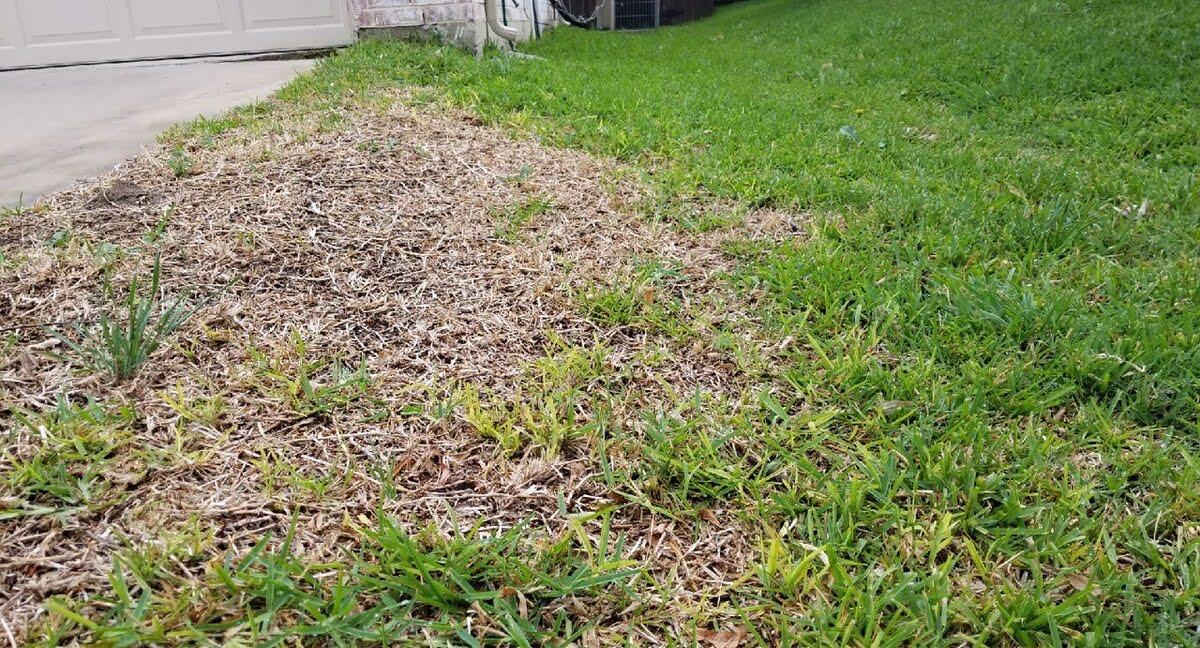

Landscaping Ideas
What Causes Brown Patch In St. Augustine Grass
Modified: August 27, 2024
Learn about the causes of brown patch in St. Augustine grass and get landscaping ideas to prevent and treat this common lawn disease. Discover effective solutions for a healthy, vibrant lawn.
(Many of the links in this article redirect to a specific reviewed product. Your purchase of these products through affiliate links helps to generate commission for Storables.com, at no extra cost. Learn more)
Introduction
St. Augustine grass is a popular choice for lawns due to its lush, green appearance and ability to thrive in warm climates. However, like all grass varieties, St. Augustine grass is susceptible to various issues that can impact its health and appearance. One common problem that homeowners encounter is brown patch, a condition that can cause unsightly brown patches to develop in the lawn.
Understanding the causes and contributing factors of brown patch in St. Augustine grass is crucial for effective management and prevention. This article will delve into the environmental factors, fungal infections, and cultural practices that can lead to the development of brown patch. Additionally, practical strategies for managing and preventing brown patch will be explored to help homeowners maintain a vibrant and healthy lawn.
By gaining insight into the complexities of brown patch and its impact on St. Augustine grass, homeowners can take proactive measures to safeguard their lawns against this common issue. Let's explore the intricate web of factors that contribute to the development of brown patch and discover effective strategies for preserving the beauty and vitality of St. Augustine grass.
Key Takeaways:
- St. Augustine grass can get brown patches due to factors like humidity, fungal infections, and lawn care. By improving air circulation, watering correctly, and using fungicides, homeowners can protect their grass.
- To prevent brown patch, homeowners should avoid over-fertilizing, water deeply but less often, and mow at the right height. By taking these steps, they can keep their St. Augustine grass healthy and vibrant.
Read more: What Grass To Mix With St. Augustine
Understanding Brown Patch in St. Augustine Grass
Brown patch is a prevalent lawn disease that can affect St. Augustine grass, causing unsightly brown or tan patches to develop in the turf. This condition is often attributed to a combination of environmental factors, fungal infections, and cultural practices that create an environment conducive to the development of brown patch.
When the environmental conditions are favorable, brown patch can quickly take hold in St. Augustine grass. High humidity, warm temperatures, and excessive moisture provide an ideal breeding ground for the fungi responsible for brown patch. Additionally, poor air circulation and compacted soil can exacerbate the issue, creating an environment where the disease can thrive.
Fungal infections play a significant role in the development of brown patch. The Rhizoctonia solani fungus is commonly associated with this lawn disease, and it can spread rapidly under the right conditions. This fungus attacks the leaf blades and crowns of the grass, leading to the formation of circular or irregularly shaped brown patches. Identifying the signs of fungal infection is crucial for implementing timely intervention measures to mitigate the spread of brown patch.
Cultural practices, such as over-fertilization, improper watering, and mowing at incorrect heights, can also contribute to the onset of brown patch in St. Augustine grass. Over-fertilization, especially with nitrogen-rich fertilizers, can promote rapid grass growth, making the turf more susceptible to fungal attacks. Inadequate watering practices, such as frequent shallow watering, can create a moisture-rich environment that favors the development of brown patch. Furthermore, mowing the grass too short can weaken the turf, making it more vulnerable to fungal infections.
By understanding the multifaceted nature of brown patch in St. Augustine grass, homeowners can proactively address the contributing factors and implement targeted strategies to mitigate the risk of this common lawn disease. Through informed management and preventive measures, it is possible to maintain the health and vibrancy of St. Augustine grass, ensuring a lush and resilient lawn for years to come.
Environmental Factors
Environmental factors play a pivotal role in the development and progression of brown patch in St. Augustine grass. Understanding these influential elements is essential for homeowners seeking to safeguard their lawns against this common issue.
High humidity and warm temperatures create an environment conducive to the proliferation of brown patch. In regions with humid climates, the moisture-laden air provides an ideal setting for fungal growth. When coupled with elevated temperatures, particularly during the summer months, these conditions further promote the development of brown patch in St. Augustine grass. As the humidity rises and temperatures soar, the risk of brown patch intensifies, necessitating proactive measures to counteract its impact.
Excessive moisture, whether from heavy rainfall or overwatering, significantly contributes to the onset of brown patch. Prolonged periods of moisture on the grass blades and soil surface create an environment where the Rhizoctonia solani fungus, responsible for brown patch, can thrive. Moreover, poor air circulation, often exacerbated by dense foliage or compacted soil, exacerbates the issue by impeding the dissipation of moisture and heat. These factors collectively create an environment ripe for the development and spread of brown patch in St. Augustine grass.
Furthermore, the composition and health of the soil can influence the susceptibility of St. Augustine grass to brown patch. Compacted soil restricts root growth and hinders water infiltration, leading to waterlogged conditions that favor fungal activity. In contrast, well-aerated soil with good drainage can mitigate the risk of brown patch by promoting optimal root development and reducing the likelihood of water accumulation.
By recognizing the impact of environmental factors on the development of brown patch, homeowners can take proactive steps to mitigate these influences. Implementing measures to improve air circulation, regulate moisture levels, and promote soil health can significantly reduce the risk of brown patch in St. Augustine grass. Through informed management of environmental factors, homeowners can create an inhospitable environment for the proliferation of brown patch, preserving the beauty and vitality of their St. Augustine grass lawns.
Fungal Infections
Fungal infections play a significant role in the development and progression of brown patch in St. Augustine grass. The primary culprit behind this lawn disease is the Rhizoctonia solani fungus, which thrives in warm, humid conditions and can swiftly infiltrate the turf, leading to the formation of unsightly brown patches.
The Rhizoctonia solani fungus targets the leaf blades and crowns of St. Augustine grass, initiating the characteristic symptoms of brown patch. As the fungus takes hold, circular or irregularly shaped brown patches begin to manifest in the lawn, signaling the presence of this pervasive lawn disease. These distinct patches are a visual indicator of the fungal activity beneath the surface, prompting homeowners to take swift action to address the issue.
Identifying the signs of fungal infection is crucial for implementing timely intervention measures to mitigate the spread of brown patch. As the disease progresses, the affected areas may exhibit a darkening of the leaf blades, accompanied by a slimy or greasy appearance. Additionally, the presence of a distinctive smoke ring – a dark border surrounding the outer edge of the affected patches – serves as a telltale sign of Rhizoctonia solani activity in the turf.
The rapid spread of the fungus can result in the expansion of brown patches, leading to widespread damage if left unchecked. Moreover, the weakened grass becomes more susceptible to further fungal attacks, exacerbating the impact of brown patch on the overall health and appearance of the lawn.
To effectively manage fungal infections associated with brown patch, targeted intervention strategies are essential. Fungicides formulated to combat Rhizoctonia solani can be applied to mitigate the spread of the fungus and curtail the progression of brown patch. Additionally, promoting optimal lawn health through balanced fertilization, proper watering practices, and adequate aeration can bolster the turf's natural defenses against fungal attacks, reducing the vulnerability to brown patch.
By understanding the insidious nature of fungal infections in the development of brown patch, homeowners can implement proactive measures to address these underlying factors. Through vigilant monitoring, timely intervention, and the implementation of targeted management strategies, the impact of fungal infections on St. Augustine grass can be mitigated, preserving the lush green expanse of a healthy and vibrant lawn.
Cultural Practices
Cultural practices encompass a range of lawn care activities that directly influence the health and resilience of St. Augustine grass. Understanding the impact of these practices on the susceptibility of the turf to brown patch is crucial for homeowners seeking to maintain a vibrant and disease-resistant lawn.
Over-fertilization is a common cultural practice that can inadvertently contribute to the development of brown patch in St. Augustine grass. Excessive application of nitrogen-rich fertilizers can stimulate rapid grass growth, leading to lush, succulent foliage that is more susceptible to fungal attacks. By promoting vigorous growth, over-fertilization weakens the grass, making it more prone to the detrimental effects of brown patch. Implementing a balanced fertilization regimen, tailored to the specific needs of St. Augustine grass, can mitigate the risk of brown patch and promote overall lawn health.
Improper watering practices also play a pivotal role in the onset of brown patch. Frequent shallow watering can create a moisture-rich environment on the grass blades and soil surface, fostering conditions conducive to fungal growth. In contrast, infrequent deep watering encourages robust root development and reduces the likelihood of moisture accumulation, thereby mitigating the risk of brown patch. By adopting a targeted watering schedule that aligns with the needs of St. Augustine grass, homeowners can minimize the environmental factors that contribute to the development of brown patch.
Mowing practices significantly impact the resilience of St. Augustine grass against brown patch. Mowing the grass too short weakens the turf, making it more susceptible to fungal infections. Maintaining the grass at an optimal height, typically between 3.5 to 4 inches, promotes healthy growth and fortifies the turf against the onset of brown patch. Additionally, regular mower blade maintenance ensures clean cuts, reducing the risk of stress and damage to the grass, further bolstering its natural defenses against brown patch.
By recognizing the influence of cultural practices on the susceptibility of St. Augustine grass to brown patch, homeowners can implement targeted strategies to mitigate these factors. Through informed lawn care practices, tailored to the specific needs of St. Augustine grass, the impact of cultural practices on the development of brown patch can be effectively managed, preserving the health and vitality of the lawn.
Read more: What Is The Best St. Augustine Grass
Management and Prevention of Brown Patch
Effectively managing and preventing brown patch in St. Augustine grass requires a multifaceted approach that addresses the underlying causes and contributing factors of this common lawn disease. By implementing targeted strategies and proactive measures, homeowners can safeguard their lawns against the detrimental impact of brown patch, preserving the lush green expanse of their St. Augustine grass.
Implementing Proper Lawn Maintenance
Maintaining optimal lawn health through proper cultural practices is fundamental to managing and preventing brown patch. This includes adopting a balanced fertilization regimen tailored to the specific needs of St. Augustine grass. By avoiding over-fertilization with nitrogen-rich fertilizers, homeowners can mitigate the risk of promoting lush, susceptible foliage that is more prone to fungal attacks.
Furthermore, implementing a targeted watering schedule that encourages deep, infrequent watering promotes robust root development and reduces the likelihood of moisture accumulation on the grass blades and soil surface. These measures create an inhospitable environment for the development of brown patch, contributing to the overall resilience of the turf.
Promoting Good Air Circulation and Soil Health
Improving air circulation within the lawn environment is crucial for mitigating the risk of brown patch. This can be achieved through strategic pruning of overhanging branches and dense foliage, allowing for better airflow and reducing moisture retention. Additionally, addressing soil compaction through aeration promotes optimal root development and enhances water infiltration, reducing the likelihood of waterlogged conditions that favor fungal activity.
Implementing Targeted Fungicide Applications
In cases where brown patch has been identified, targeted fungicide applications can be instrumental in mitigating the spread of the disease. Fungicides formulated to combat the Rhizoctonia solani fungus can be applied according to manufacturer recommendations, effectively curbing the progression of brown patch and promoting the recovery of the affected areas.
Read more: What Kind Of Grass Is St. Augustine
Monitoring and Timely Intervention
Vigilant monitoring of the lawn for early signs of brown patch is essential for implementing timely intervention measures. Identifying the characteristic symptoms of brown patch, such as the formation of circular or irregularly shaped brown patches and the presence of a smoke ring, prompts swift action to address the issue. By promptly implementing targeted management strategies, the impact of brown patch can be minimized, preserving the health and vibrancy of St. Augustine grass.
By integrating these proactive measures into their lawn care regimen, homeowners can effectively manage and prevent brown patch in St. Augustine grass, ensuring a resilient and visually appealing lawn that thrives in the face of common lawn diseases.
Ensure proper watering and avoid over-fertilizing to prevent brown patch in St. Augustine grass. Improve air circulation and reduce thatch buildup to minimize disease risk.
Conclusion
In conclusion, the development of brown patch in St. Augustine grass is influenced by a myriad of factors, including environmental conditions, fungal infections, and cultural practices. Understanding the intricate interplay of these elements is crucial for homeowners seeking to maintain a vibrant and healthy lawn. By delving into the complexities of brown patch and its impact on St. Augustine grass, homeowners can proactively address the contributing factors and implement targeted strategies to mitigate the risk of this common lawn disease.
Environmental factors, such as high humidity, warm temperatures, and excessive moisture, create an environment conducive to the proliferation of brown patch. By recognizing the impact of these factors and implementing measures to improve air circulation, regulate moisture levels, and promote soil health, homeowners can create an inhospitable environment for the development of brown patch, preserving the beauty and vitality of their St. Augustine grass lawns.
Fungal infections, particularly those caused by the Rhizoctonia solani fungus, play a significant role in the development of brown patch. Identifying the signs of fungal infection and implementing targeted intervention strategies, such as fungicide applications and promoting optimal lawn health, can mitigate the impact of fungal attacks, reducing the vulnerability of St. Augustine grass to brown patch.
Cultural practices, including balanced fertilization, proper watering, and optimal mowing practices, significantly influence the resilience of St. Augustine grass against brown patch. By adopting informed lawn care practices tailored to the specific needs of St. Augustine grass, homeowners can mitigate the impact of cultural practices on the development of brown patch, preserving the health and vitality of the lawn.
Furthermore, through the implementation of proper lawn maintenance, promotion of good air circulation and soil health, targeted fungicide applications, and vigilant monitoring, homeowners can effectively manage and prevent brown patch in St. Augustine grass. These proactive measures contribute to the resilience and visual appeal of the lawn, ensuring that St. Augustine grass thrives in the face of common lawn diseases.
By integrating these strategies into their lawn care regimen, homeowners can safeguard their lawns against the detrimental impact of brown patch, preserving the lush green expanse of their St. Augustine grass and enjoying a vibrant and resilient outdoor space for relaxation and recreation.
Frequently Asked Questions about What Causes Brown Patch In St. Augustine Grass
Was this page helpful?
At Storables.com, we guarantee accurate and reliable information. Our content, validated by Expert Board Contributors, is crafted following stringent Editorial Policies. We're committed to providing you with well-researched, expert-backed insights for all your informational needs.
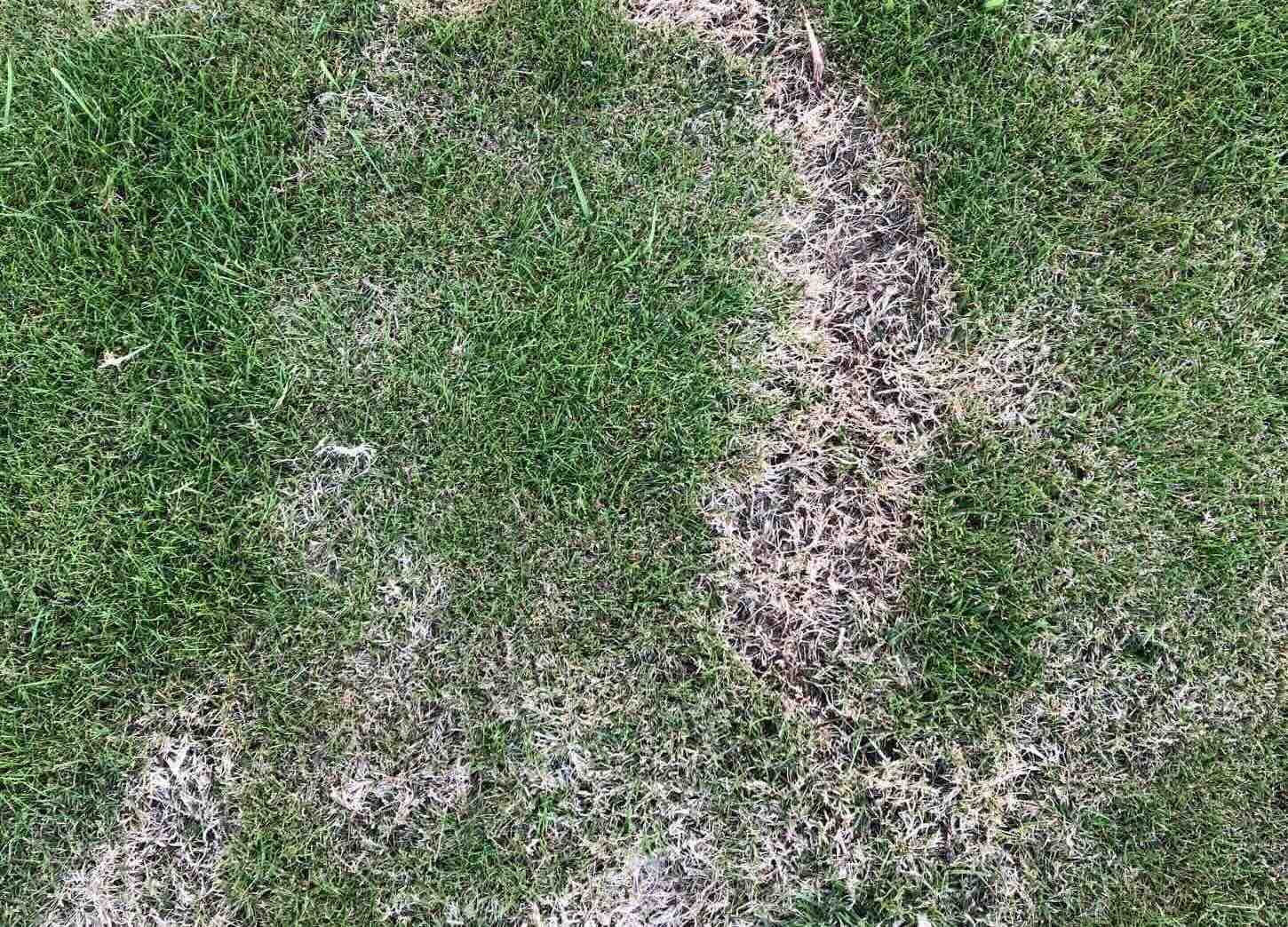
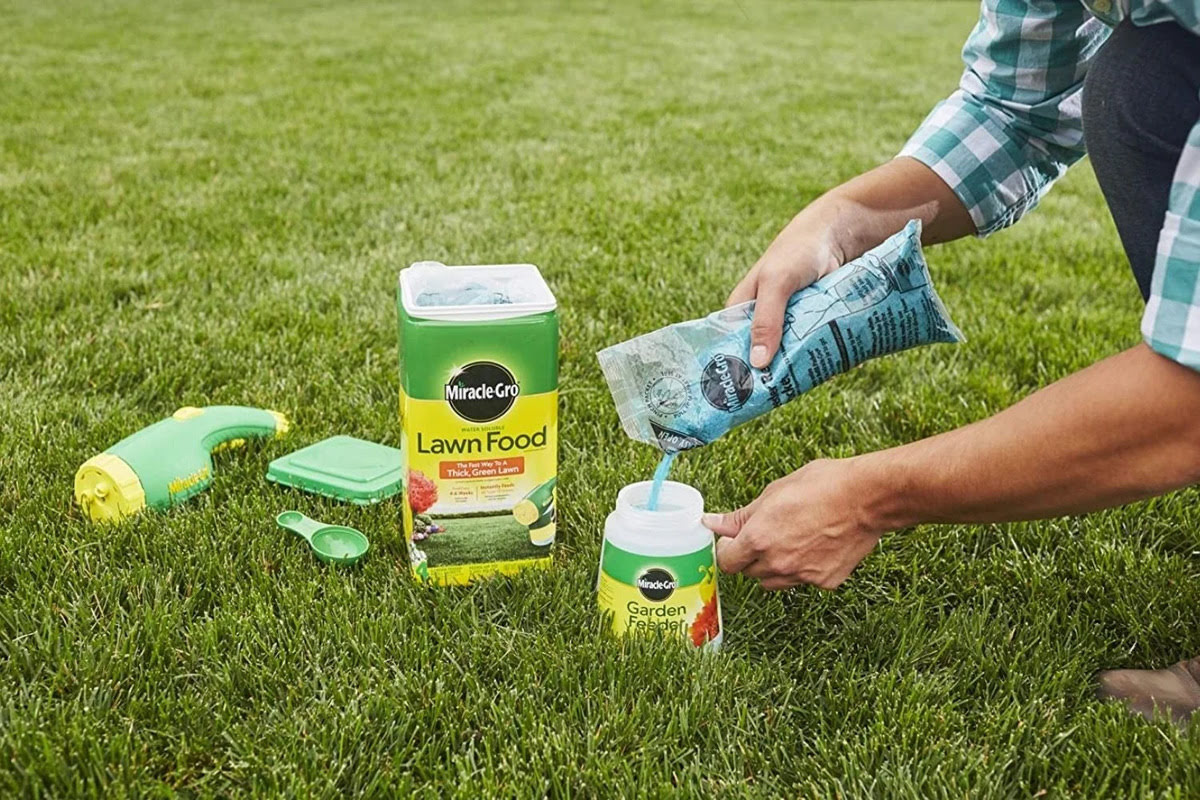
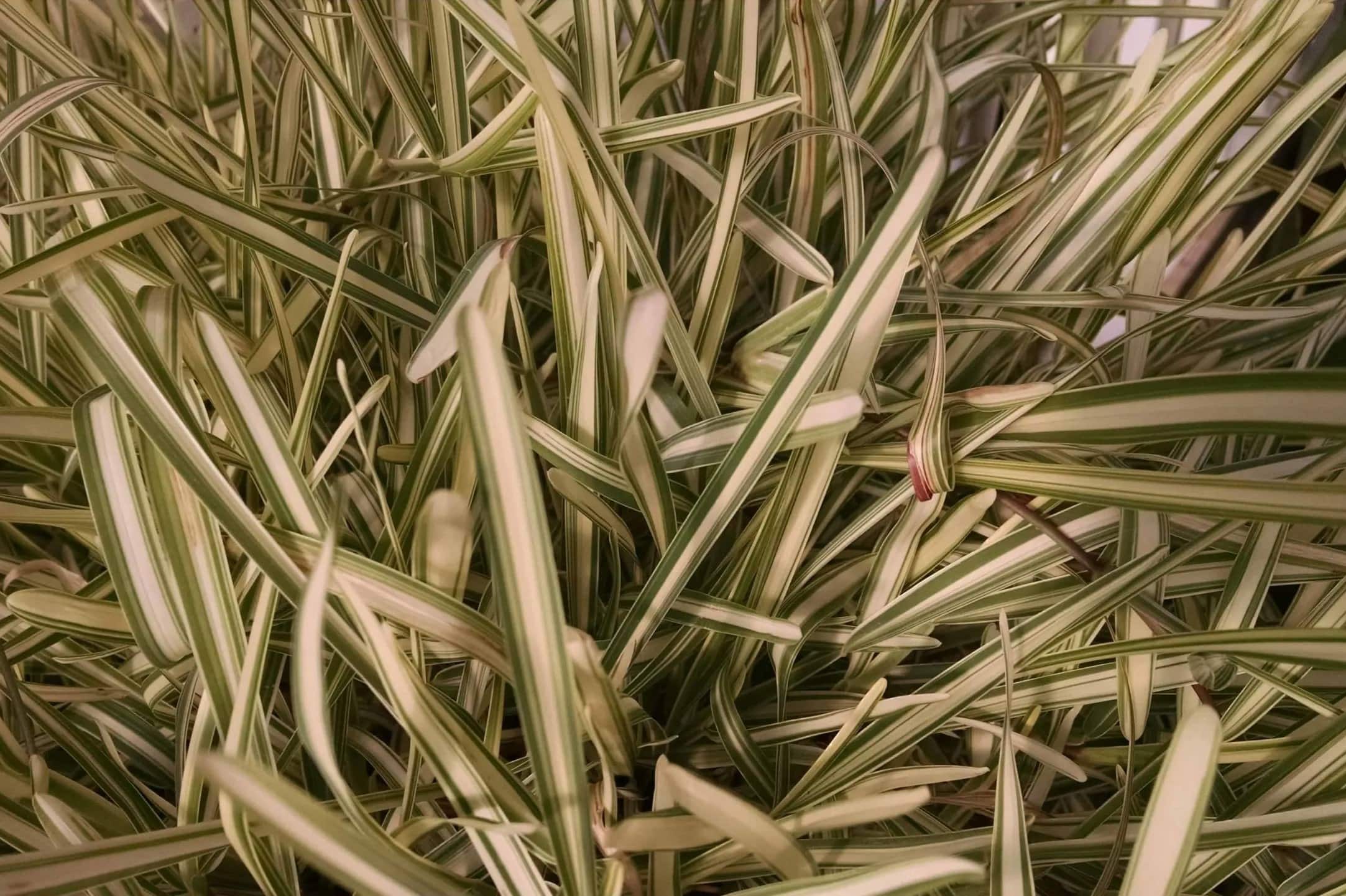
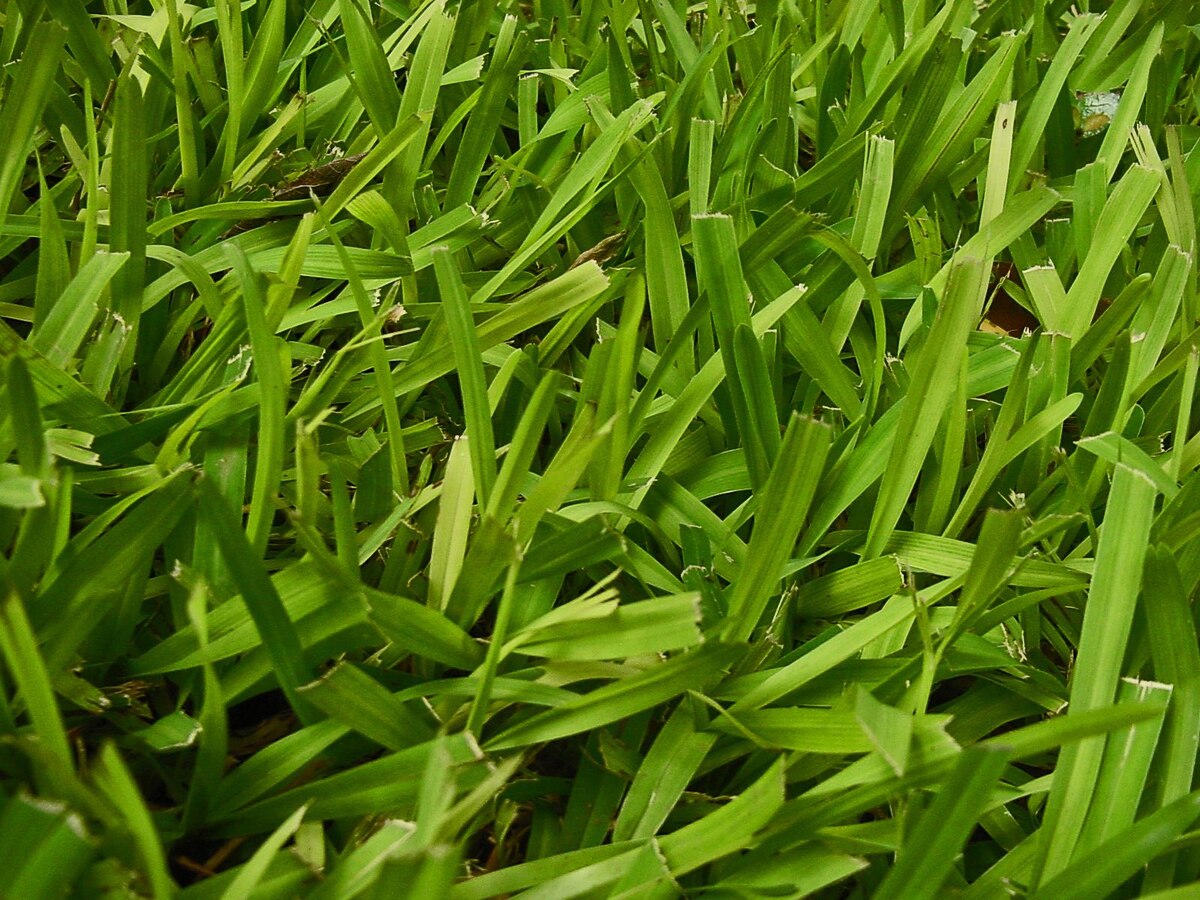
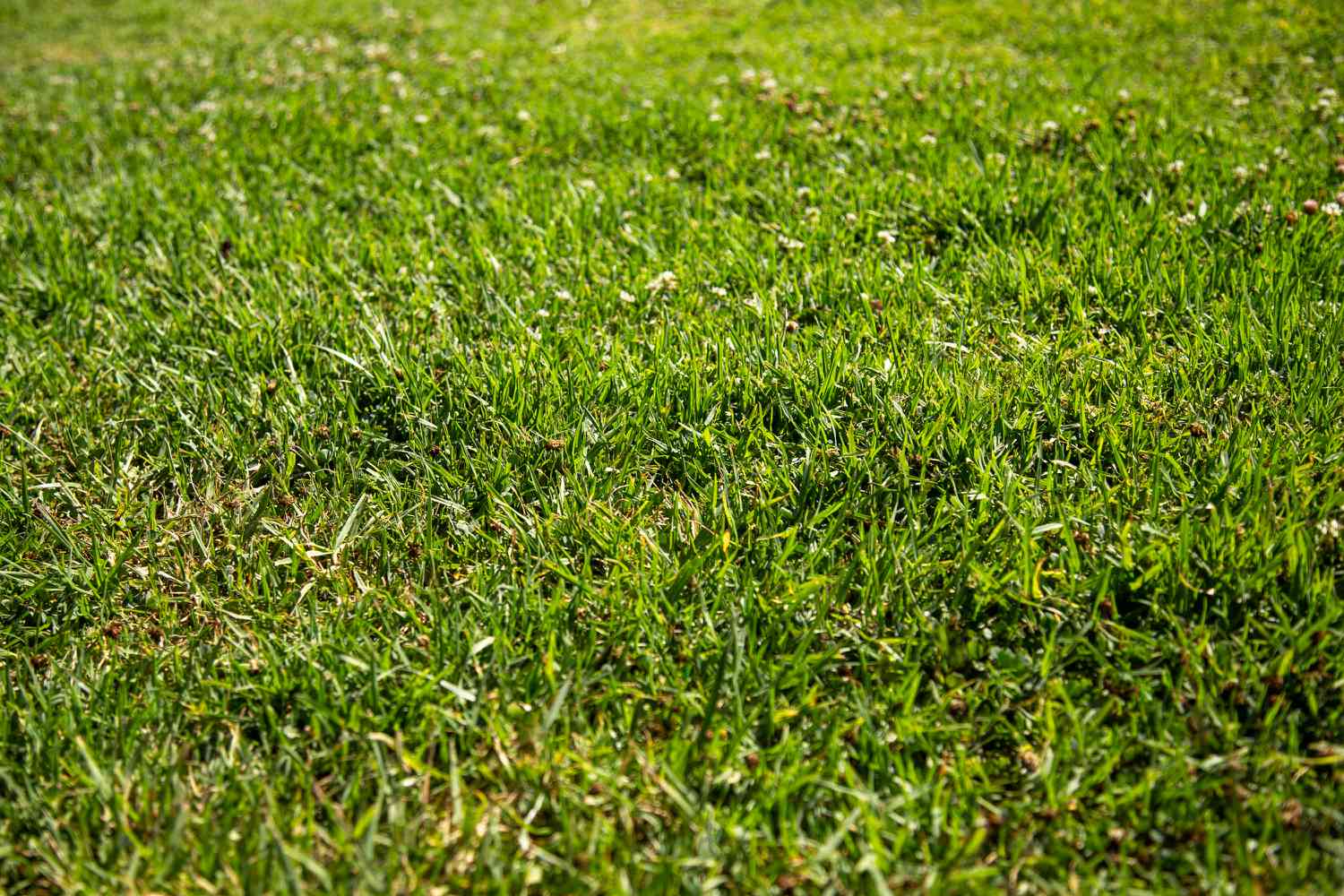
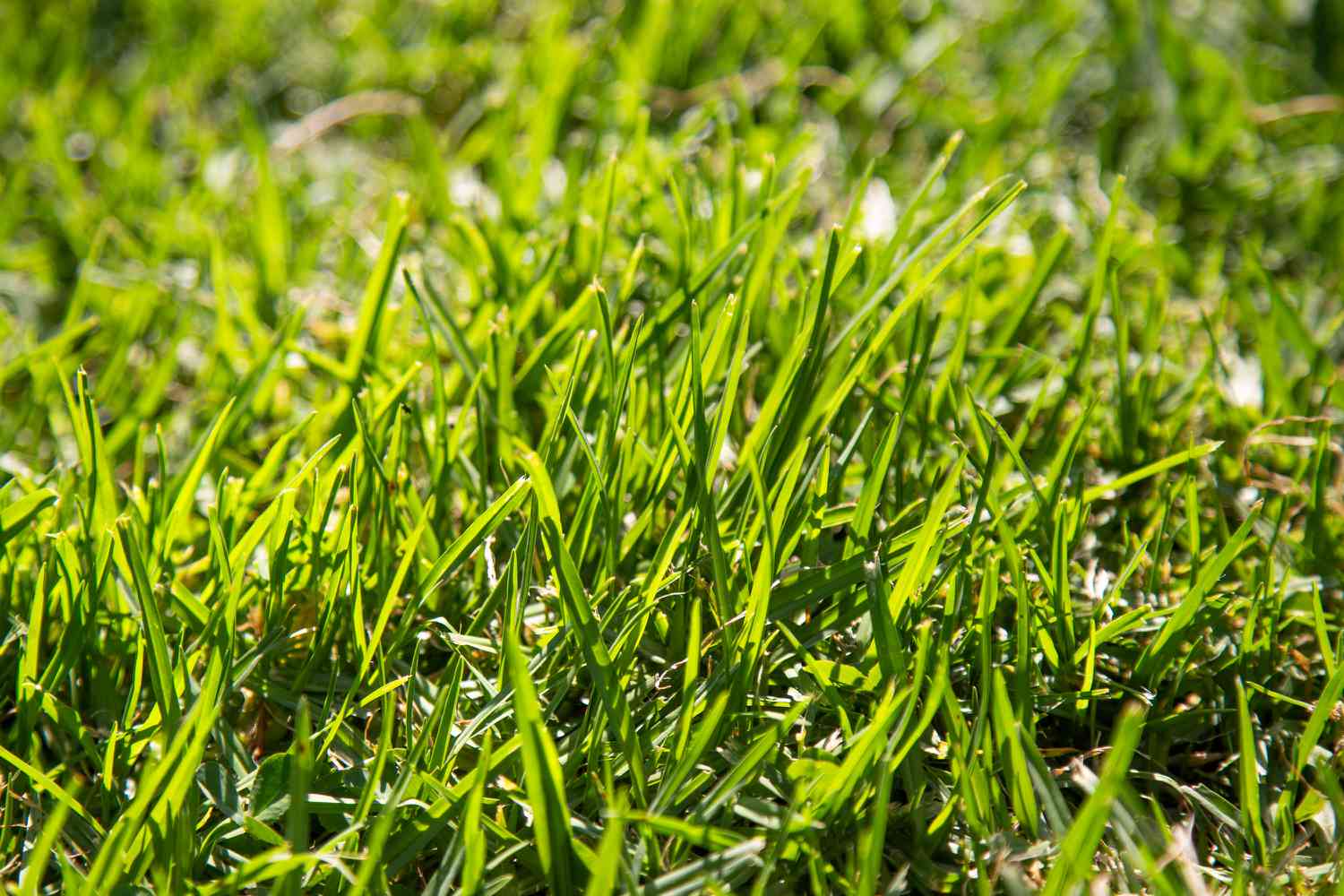
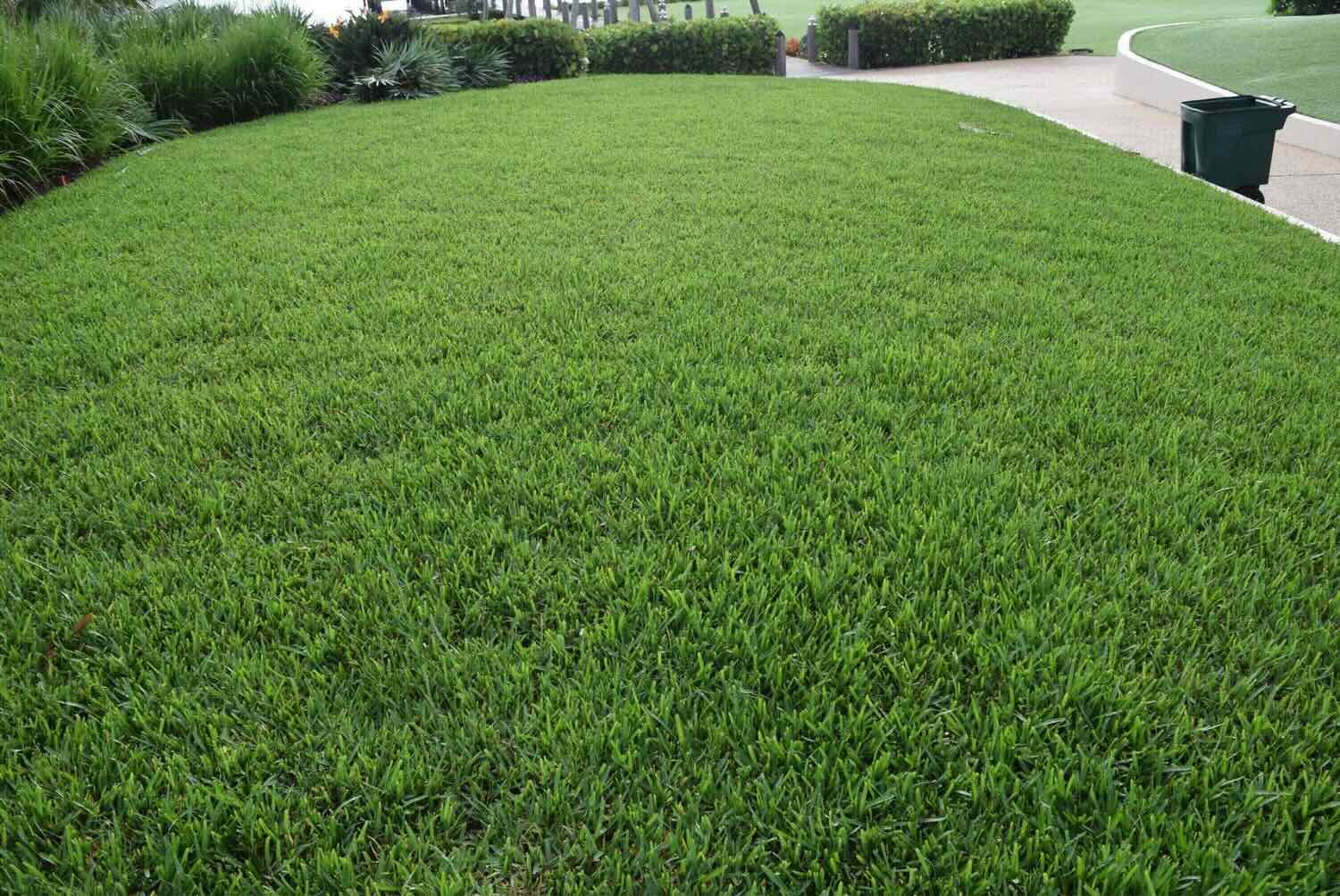
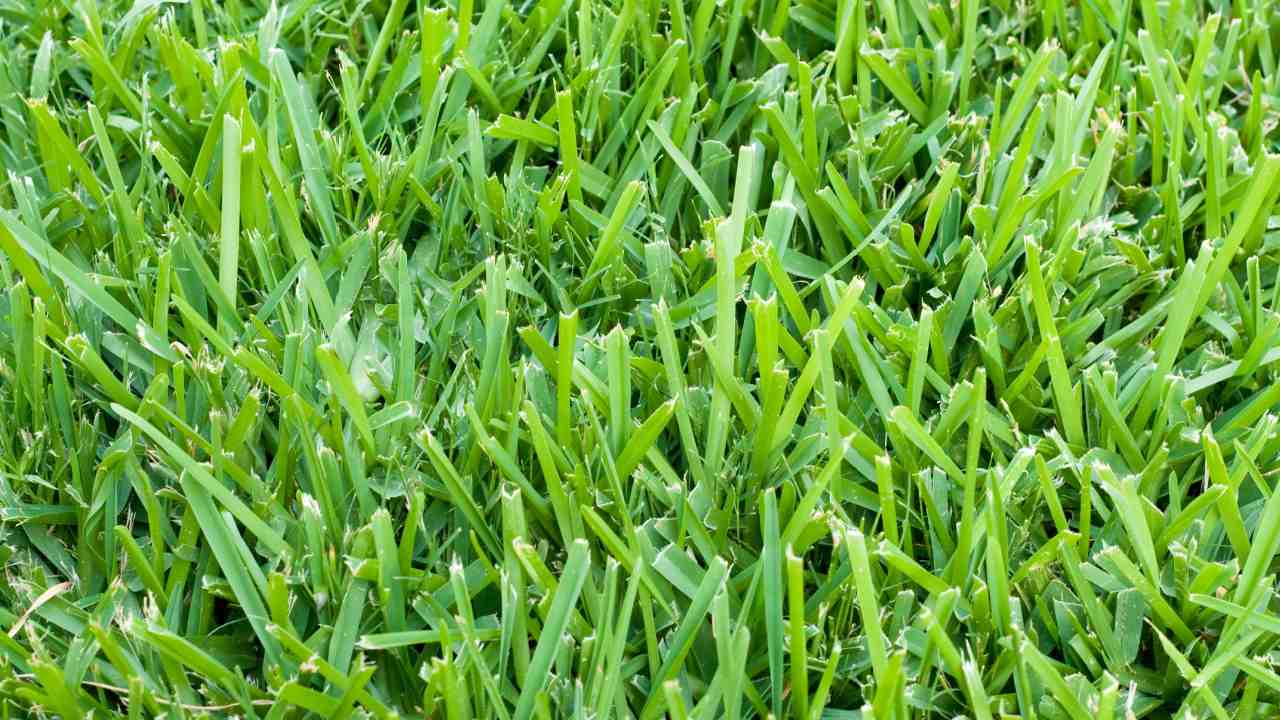
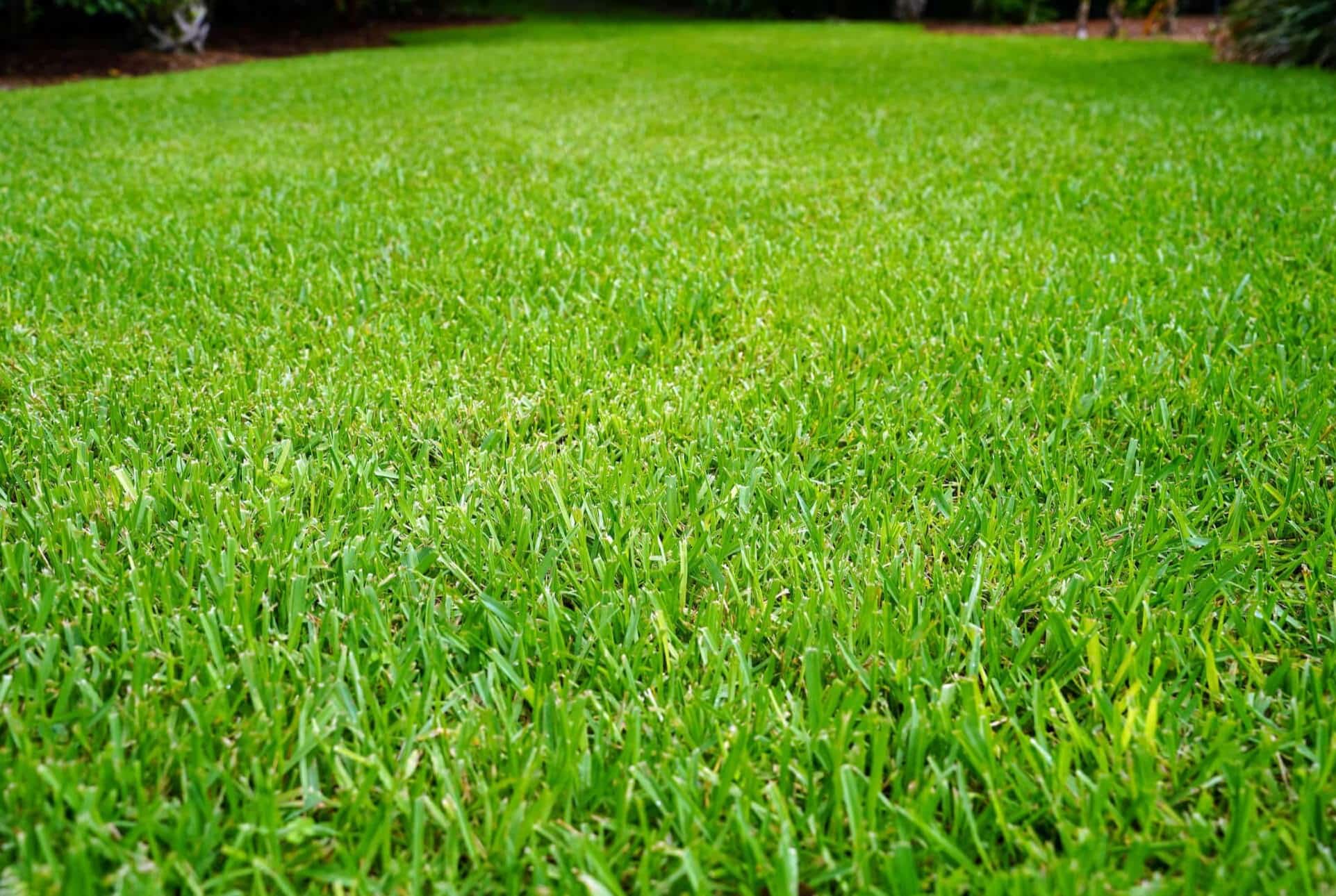
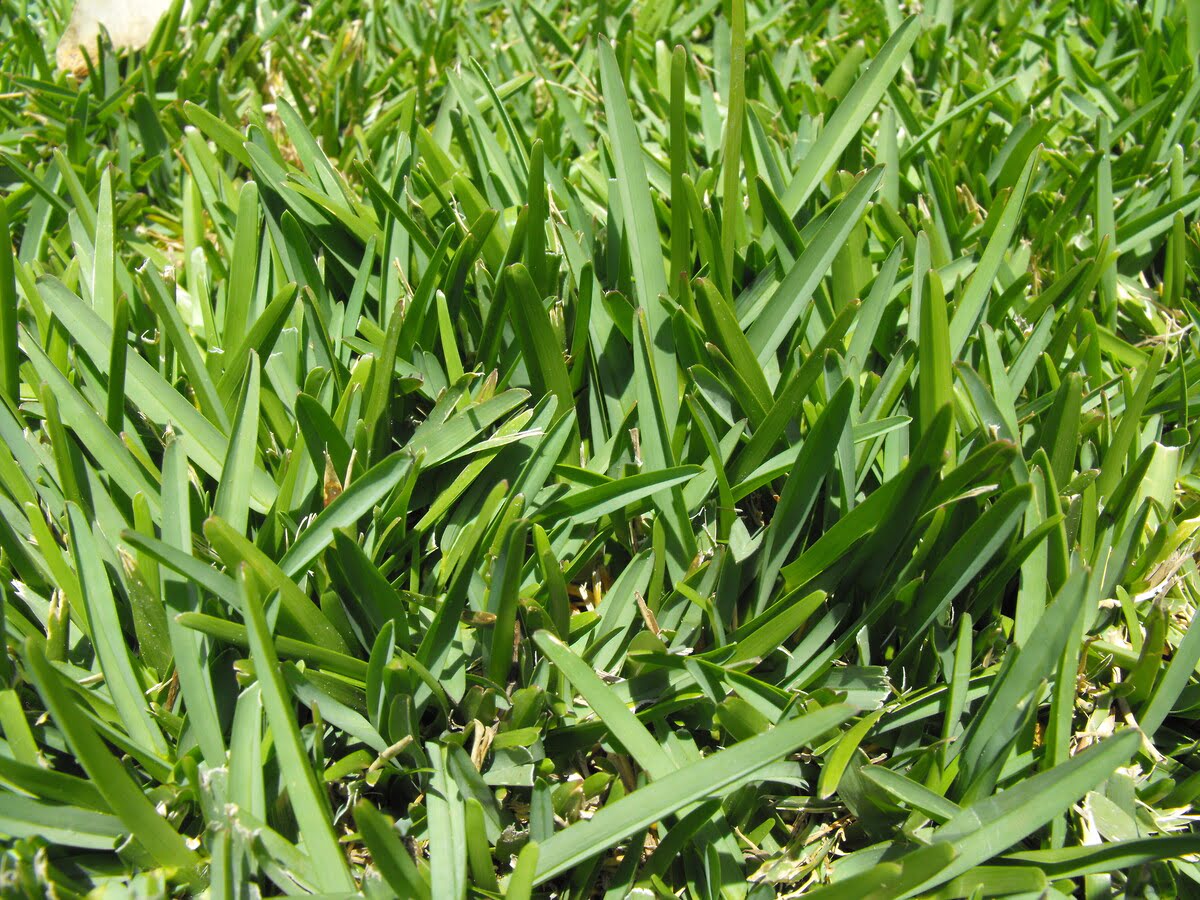

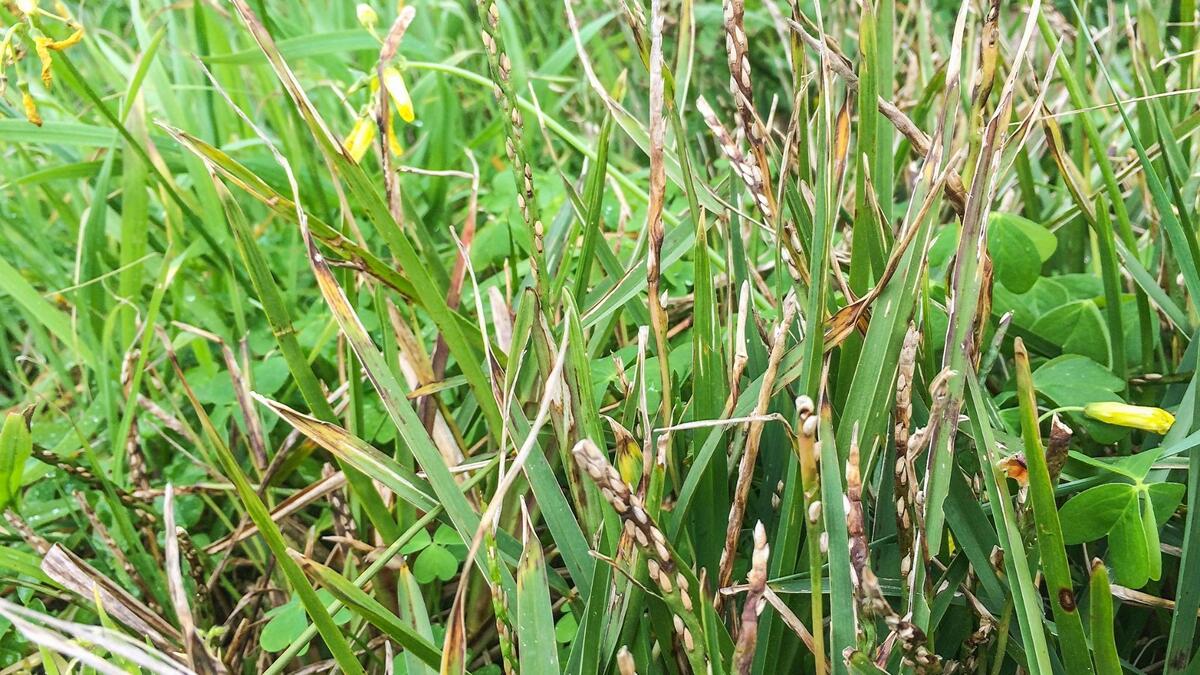
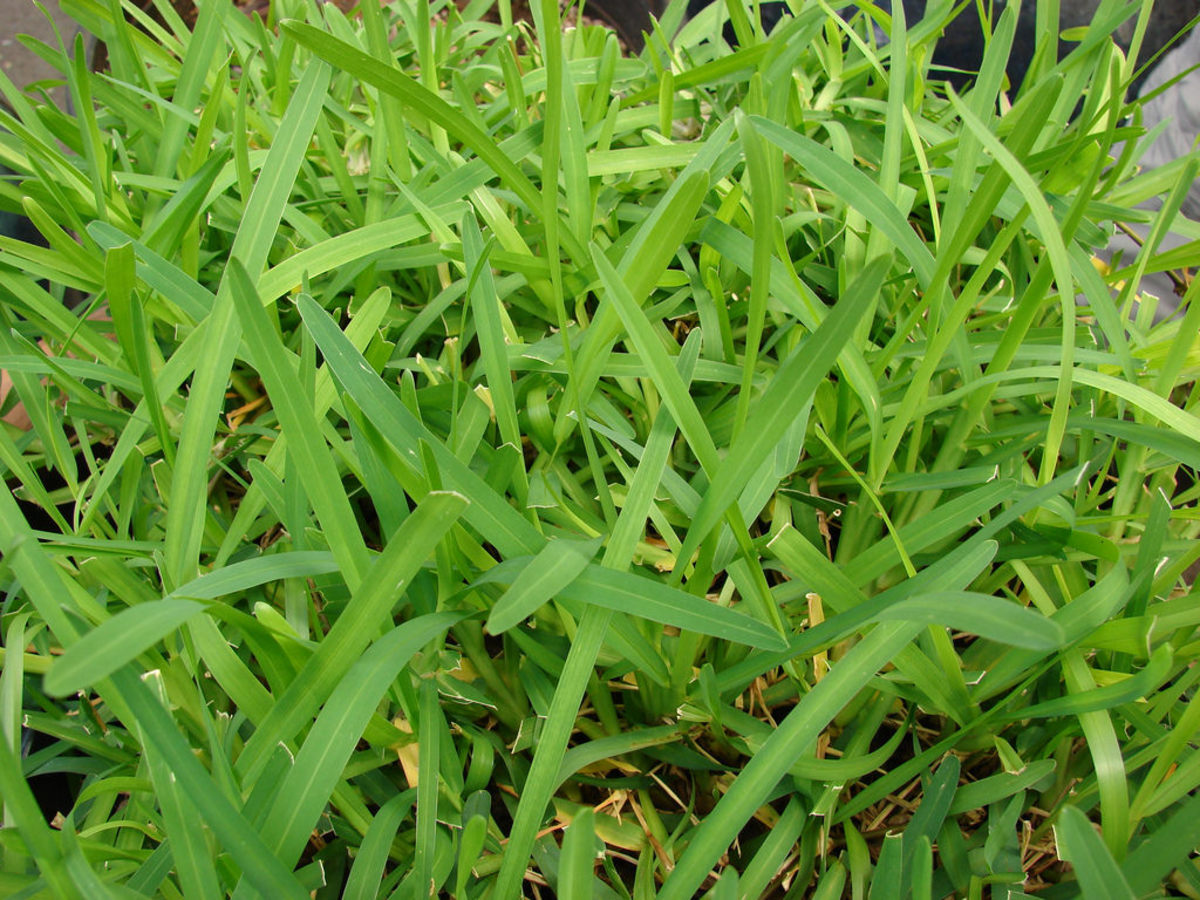

0 thoughts on “What Causes Brown Patch In St. Augustine Grass”